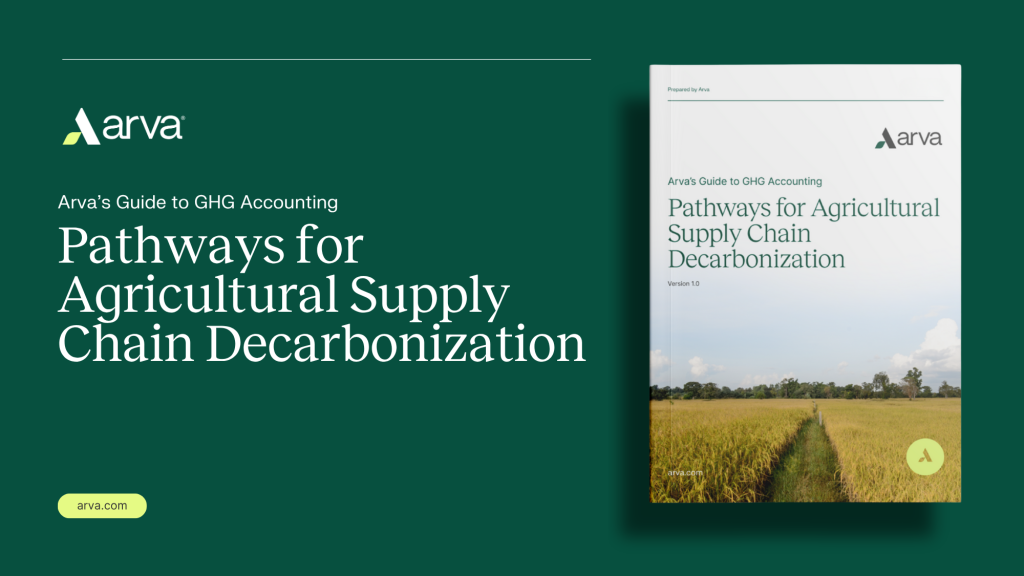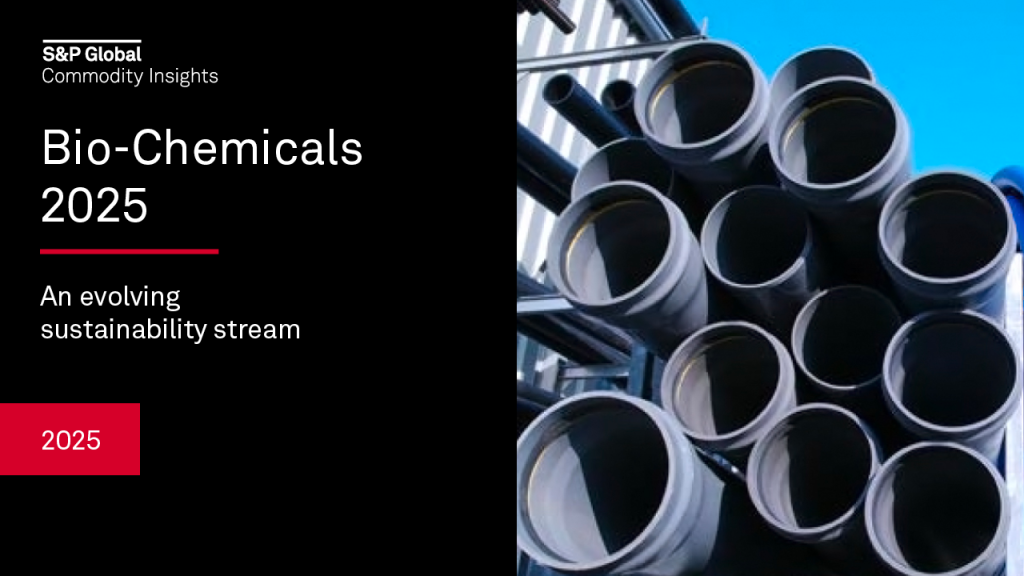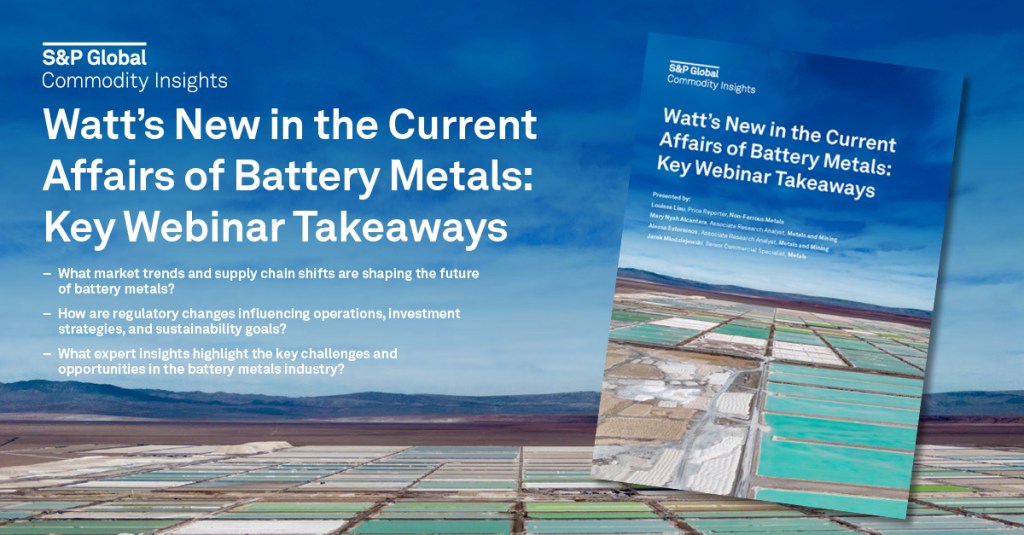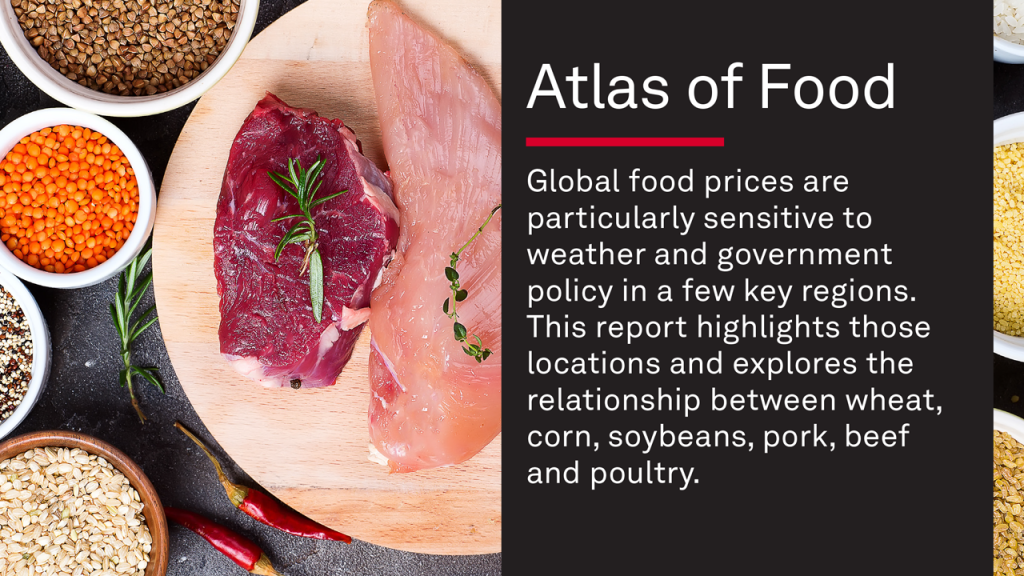Why it’s time to find a new term for ‘carbon neutral’
Higher standards of integrity and transparency have contributed to the decline of 2006's Word of the Year. Read More

- The familiar “carbon neutral” claim is fading fast, driven by lawsuits, EU consumer rules and growing scrutiny of offset-based marketing.
- While integrity has improved in the voluntary carbon market, companies face a communications gap: how to explain credible action in simple, sticky terms.
- Without a replacement claim that is truthful, testable and tellable, corporate climate action momentum could slow and miss opportunities to funnel money into real solutions.
The opinions expressed here by Trellis expert contributors are their own, not those of Trellis.
Last year, the BBC’s “Panorama” aired a feature-length exposé on corporate “carbon neutral” claims. One of its most-circulated clips featured a secretly recorded conversation in which a consultant explained that after a company measures its carbon footprint, it can reduce its emissions by “one tonne” and then offset the rest to claim carbon neutrality.
The consultant’s firm later claimed the clip was taken out of context, arguing it was contrasting a minimal neutrality standard with more rigorous net-zero frameworks. But the damage was done. For many viewers, myself included, it felt like the end of carbon neutral as we knew it.
But that moment didn’t kill the term; it simply signaled its decline. In recent years, the voluntary carbon market has evolved, with reforms aimed at making it bigger and better. The focus has shifted from “reduce a little, offset the rest” to higher standards of ambition, integrity and transparency.
This is a good thing. But the real challenge now is replacing carbon neutral with a new, equally intuitive and widely accepted claim. Without one, we risk losing something important: the ability for companies to communicate their climate progress in terms that most people can easily understand.
How a useful catalyst became a crutch
Carbon neutral started as a catalyst for climate action. Two decades ago, early adopters such as the flooring company Interface helped popularize its usage, and in 2006 the New Oxford American Dictionary crowned it the Word of the Year. The appeal was obvious: measure, reduce, offset, declare neutrality — simple enough for any consumer to grasp. As Trellis recently reported, that simplicity mainstreamed early action and helped unlock real dollars for climate solutions.
But the very simplicity that made neutrality so communicable also made it brittle. It was never intended to be a hall pass for business-as-usual. At the same time, it was challenging to execute, especially the offset aspect. Investigations and lawsuits further eroded trust in the claim. Courts in Europe, including in a recent case involving Apple’s product marketing, have tightened the screws. New EU consumer rules will effectively prohibit offset-based carbon neutral claims for products starting in 2026 unless lifecycle emissions are actually zero. Brands took note and many are phasing out the term pre-emptively.
None of this should surprise us. What counts as robust climate ambition has grown up. We now expect science-based targets, credible transition plans, supplier engagement and transparent disclosures — alongside any use of high-integrity credits for residual emissions or beyond-value-chain mitigation.
What we’re losing as the label fades
If you care about integrity of corporate climate claims, you should welcome the end of “reduce a little, offset the rest.” But it’s also true that we’re losing something: a claim that was sticky, marketer-friendly and increasingly recognized in the marketplace. Apple has hinted that ditching the language makes communicating climate action harder. The nonprofit Climate Neutral even rebranded, from a neutrality label to the Climate Label, shifting emphasis from offsets to funding emissions-cutting activities relative to a company’s footprint. That’s progress, but it also underscores the communications challenge we’ve created by retiring a term without offering a mass-market replacement.
Like it or not, simplicity sells. If we don’t give companies a short, truthful, testable and tellable way to explain credible climate action, we shouldn’t be taken aback when we hear that this is a significant barrier to action.
Can ‘net zero’ fill the gap?
Perhaps, but we should be realistic. Net zero is more accurate and ambition-raising, yet it lacks the instant comprehension carbon neutral once enjoyed. It’s also increasingly guarded by gatekeepers such as the Science-Based Targets initiative and International Organization for Standardization, and it’s unclear where those bodies will land on corporate use of carbon credits.
Meanwhile, claims such as “climate positive” and “carbon negative” carry much of the same baggage as carbon neutral. Organizations such as the Voluntary Carbon Market Integrity initiative are doing important work to codify credible corporate claims, but it’s not yet apparent if a single, sticky phrase that works for companies (because it resonates with consumers) will emerge.
The good news is that businesses want to act. According to recent research convened by VCMI, businesses see a real opportunity to use carbon markets — alongside deep value-chain cuts — to meet their climate commitments and make progress toward goals. The takeaway: if we set clear rules and credible guardrails, there’s demand for action.
Three recommendations for where to go from here
1. Acknowledge the permanent critics—and move on. Some people will oppose any corporate claim until the world reaches global net zero. Their critique can be principled, but it’s not a basis for mass action. We should design claims for integrity and impact, not for unanimity.
2. Be rigid on substance, flexible on words. NGOs, standard-setters and regulators should set firm expectations for companies: establish near- and long-term science-based targets; ensure verifiable emissions reductions; develop credible transition plans; engage suppliers; maintain transparent accounting; and ensure that any credits used meet high-integrity standards with appropriate use cases (offsetting a portion of Scope 3 emissions).
But we should be more pragmatic when it comes to communicating the journey to customers. Since we in the NGO world are not marketing experts, we need to work collaboratively with marketers to ensure the language is compliant, clear and persuasive. The standard should be truthful, testable and tellable.
3. Consider a second life for carbon neutral. In jurisdictions where credit-based neutrality claims for products are going away, we still need something consumers understand. And yes, this may mean being open to giving carbon neutral a second life in limited, rigorously defined contexts.
But if there’s too much baggage and countervailing momentum, we need a replacement that shares its virtues: short, sticky and easily understood. As any marketer would tell you, it’s hard to sell a “contributing to global climate action” watch. I believe the path to victory on climate will be paved, in part at least, by pragmatism and compromise.
Claims such as carbon neutral have an added value that contribution claims often lack: They invite closer scrutiny and this scrutiny fosters accountability, which in turn drives progress. The contribution framing (“our investments contributed to global net zero”) may be accurate, but it often lacks the scrutiny that comes with neutrality claims. Many see it as a softer business incentive that draws less attention. Recent research underscores this gap: contribution claims are stronger on integrity and legal defensibility, but the paper doesn’t identify a compelling business case that would make them attractive to companies.
In contrast, neutrality claims have prompted greater accountability, attracting media, NGO and regulatory focus. This scrutiny has highlighted flaws, sparked introspection and accelerated higher standards of transparency and clearer rules for using credits appropriately. Ironically, if companies had consistently relied on contribution language, there would’ve been less oversight, less accountability and likely a slower path to the improvements we see today.
The path forward
The evolution of the voluntary carbon market is fixing much of the substance problem that neutrality papered over: higher standards, clearer guardrails, greater transparency and more consistency. Now we must fix the story. Killing the old approach to carbon neutral is the right call. Leaving nothing in its place on the claims front isn’t. We need every tool in the toolkit. And if we want more capital flowing into real decarbonization and high-integrity mitigation — especially for nature and communities that depend on it — we have to give companies a claim that regulators accept and customers grasp and respond to. That’s the assignment.

Subscribe to Trellis Briefing
Featured Reports
















